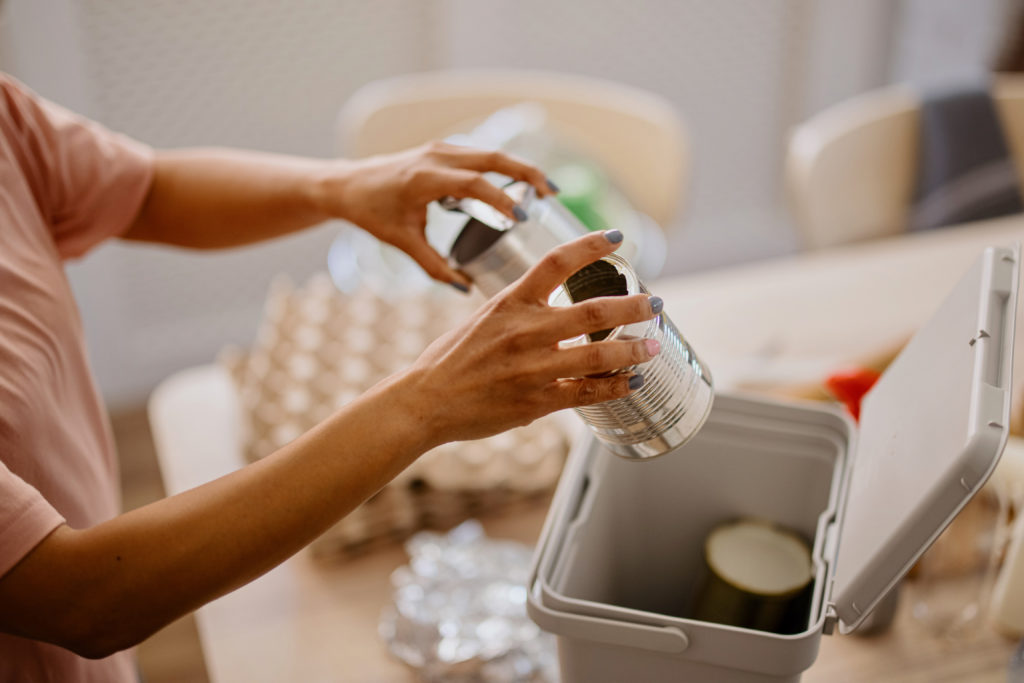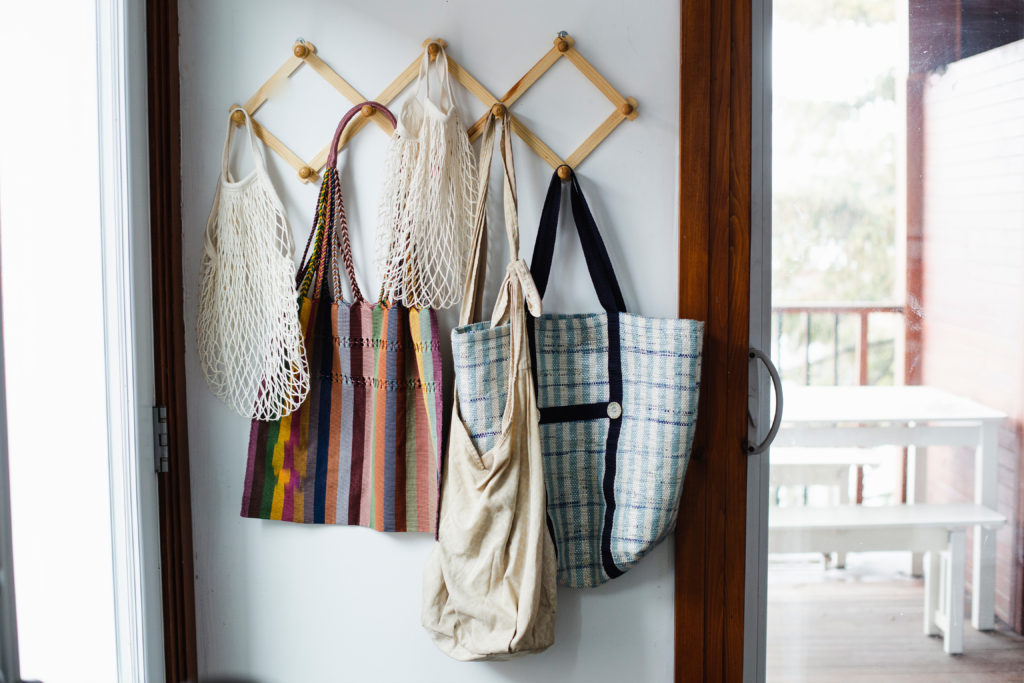Easy Tips for Going Zero Waste
We produce a lot of trash. It is estimated that the average American produces around 1,704 pounds of trash each year. Part of the problem is that much of what we consume was designed to be thrown away. A lot of that waste is plastic, which is lightweight, durable, versatile, and cheap. It’s also in everything, from our phones to our clothes to our furniture and even (alarmingly) some of our food.
Our contemporary society was designed to produce waste and, unfortunately, much of that waste ends up in the natural world. Plastics get washed into the sea, consumed by fish and birds, and winds up back in the food chain. Pollution runoff poisons lakes and streams, and even our recycling can wind up in landfills in other countries.
As more people become sensitive to the environmental impact day-to-day waste has on the natural world, they have been devising simple, accessible strategies for cutting waste down to zero. While not all of us will find it feasible to reduce our trash to a Mason jar-sized ball of junk, as some zero-wasters have, here are a few simple zero-waste tips to at least help you get closer to zero as we celebrate this year’s Earth Day.

The Five Rs
In her book “Zero Waste Home,” author Bea Johnson boils down her waste-free strategy to five memorable zero-waste tips she calls the five Rs. What makes Johnson’s strategies appealing is that they don’t ask you to make a complete lifestyle change. Rather, she suggests ways of being more mindful about how you use and dispose of the many products we encounter every day. The five Rs are:
1. Refuse: One simple way to cut down on waste is to avoid it in the first place. Johnson’s suggestions include:
- Fighting junk mail by getting off mailing lists.
- Turning down freebies at conferences and fairs.
- Not picking up promotional materials such as pens, postcards, and pads distributed at hotels and offices.
2. Reduce: Another way to cut down on waste is to take some time to simplify your consumer habits.
- Do you have a closet stuffed with clothes you don’t wear anymore? Take them to the local thrift store or Goodwill instead of throwing them away.
- Next time you go to the grocery store, plan meals and make a list of everything you need so you don’t wind up impulse buying items that will go unused.
3. Reuse: The best way to recycle is to find new uses for the things you already have. You’ll soon find that an extra perk of being more environmentally conscious is that you’ll also save money. Other key habits:
- Avoid plastic bags at the grocery store by bringing your own reusable bags.
- Invest in a reusable water bottle instead of buying one-off plastic waters.
4. Recycle: Johnson suggests that recycling should be a zero-waster’s last resort.
- Before you dump recyclables in the blue bin, ask yourself if you have already refused, reduced, or reused what you can.
- Effective recycling starts at the checkout counter. If you are buying items that will eventually be discarded, try to lean on glass, metal, cardboard, and other materials that can be recycled efficiently. And of course, avoid plastic if you can.
5. Rot: Composting is one of the easiest and most beneficial things you can do to both cut down on waste and reduce the amount of carbon dioxide released into the atmosphere.
- You can now buy small (and attractive) countertop composting bins. Instead of throwing food scraps in the trash, toss them in the compost.
- Starting a composting program in your backyard will boost your gardening game.
- If you don’t have the space for your own compost, look for a composting program in your community.
- Read our guide to composting at home here.

3 Zero-Waste Tips
While Johnson’s five Rs focus on shifting our mindsets around consumption and waste, sometimes the easiest way to cut down is to focus on developing little habits that are easy to practice. These are the little things we can do every day that may not seem like they will have much of an impact but, when repeated over and over, will both reduce your waste footprint and help you get used to all the ways you can refuse, reduce, and reuse.
Say “No” to Straws: In the last few years, reusable metal, glass, wood, and paper straws have become widely accessible. Why not make the switch?
Old-School Nose: Handkerchiefs were a wardrobe staple for decades before paper tissue became ubiquitous. Switch back and stay classy.
Bio-Friendly Beauty: Not only do everyday beauty and self-care products come in plastic jars, bottles, and tubes, but many contain microplastics that seep into the environment and work their way back into the food chain. Thankfully there are plenty of bio-friendly beauty products now available on the market.
Find tips for lowering your carbon footprint and energy bills here.
© 2022 Texas Farm Bureau Insurance



